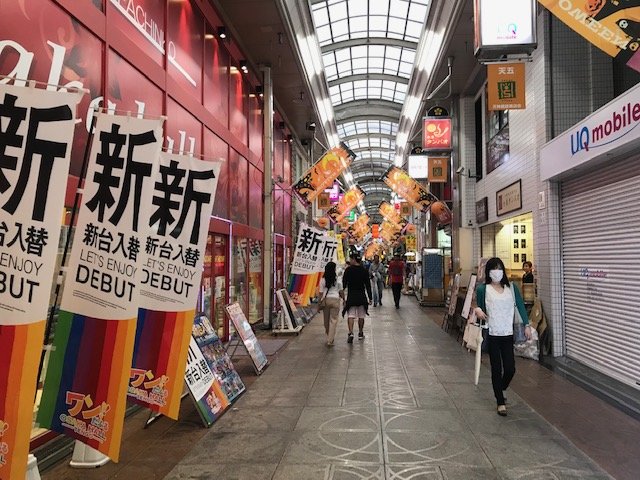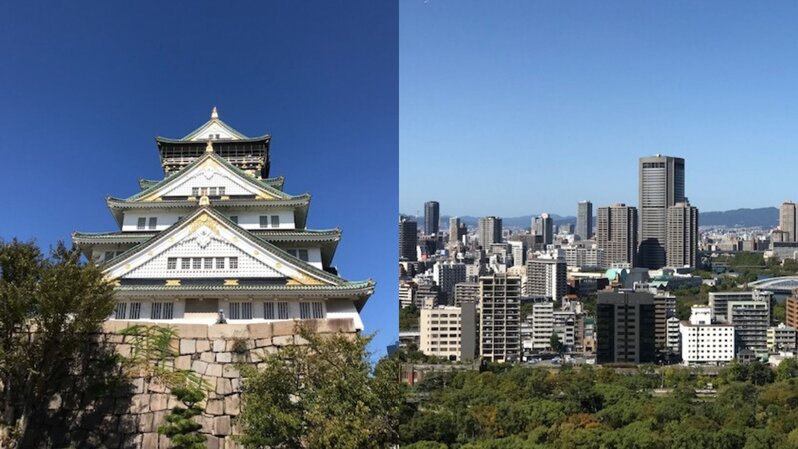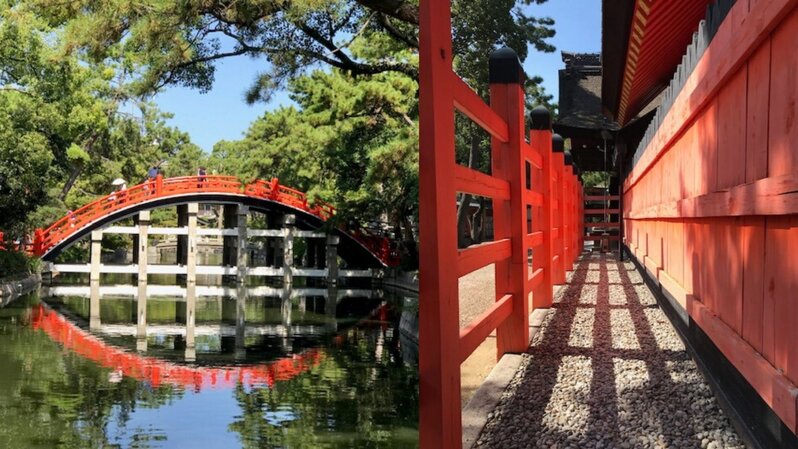Shop ‘til you drop

Osaka was historically a merchant city. The city's two largest shopping districts are in Umeda in the north, and in Namba in the south. However, wherever you stay, you will never be far from a concentration of shops offering an impressive diversity of products and services.
Shopping arcades — covered walkways connecting rows of shops – may not be a novel concept but in Osaka, shopping arcades run for hundreds, even thousands, of metres in length. Worth noting are Tenjinbashi-suji, dubbed the longest shopping arcade in Japan at 2.6 kilometres long, and Shinsaibashi-suji, one of Osaka's oldest and busiest shopping destinations which run about 600 metres.
Hop on the Shinkansen and make a day trip to Kyoto

Arashiyama Bamboo Forest in Kyoto
Kyoto is only a 15-minute ride on the Tokaido-Sanyo Shinkansen from Shin Osaka, making a day trip to Kyoto a viable option particularly when it is free for visitors with a valid Japan Rail, JR Pass. There are so many things to do in Kyoto, but on this trip, we went to Arashiyama to see its eponymous Bamboo Grove. But there is more to Arashiyama than just a bamboo forest. It is filled with temples and shrines, and with time being the only constraint, one has to choose wisely what to see. Not to be missed are Tenryu-ji Temple, a sprawling Zen temple with one of the finest gardens in Kyoto and wonderful mountain views.
From slurping on a big bowl of Udon, having a moment at the Sumiyoshi Taisha Shrine, or admiring Osaka from 252 above the ground, there is a lot that Osaka has to offer to the curious traveller, who may as well exclaim, “Oh… saka!”












